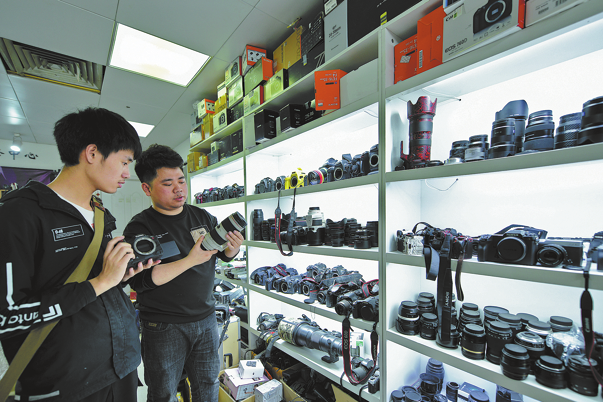Challenges remain, but signs of hope emerge in India


Medical supplies obtained from Chinese companies
More than 1.3 billion people in India remain confined at home since the imposition of a national lockdown on March 25 to fight the COVID-19 pandemic.
While this is tough for anyone, it is especially so for those living in Asia's largest slum-Dharavi-in Mumbai, the country's financial capital. The city's slums are home to an estimated 65 percent of the population of about 12 million in Mumbai's inner-city area.
Spread over 2.1 square kilometers, Dharavi is home to more than 700,000 people.
Shahid Jameel, a virologist and CEO of the DBT/Wellcome Trust India Alliance, an independent charity organization based in New Delhi that funds health and biomedical sciences research, said: "We have advised people to keep 6 feet, or 1.8 meters, apart, but how is that possible in urban slums? These are places to watch. I am really worried."
As in many other parts of the world, schools and colleges are closed, exams have been suspended, courts and most offices and factories are shut, and nearly all forms of transportation have been halted.
Only doctors, nurses, healthcare support employees and those working to keep essential services running are allowed out of their homes-but under strict safety protocols.
Sunita Narain, director-general of the Centre for Science and Environment in New Delhi, said there is no rulebook to tell governments what to do, how to shut down economies, and when to reopen them.
"COVID-19 is the most tumultuous, most catastrophic and the most defining epoch of our lifetime. One cannot think of anything else that has happened with such speed-from the end of December, when the first cases were reported in China, to now," she said.
























